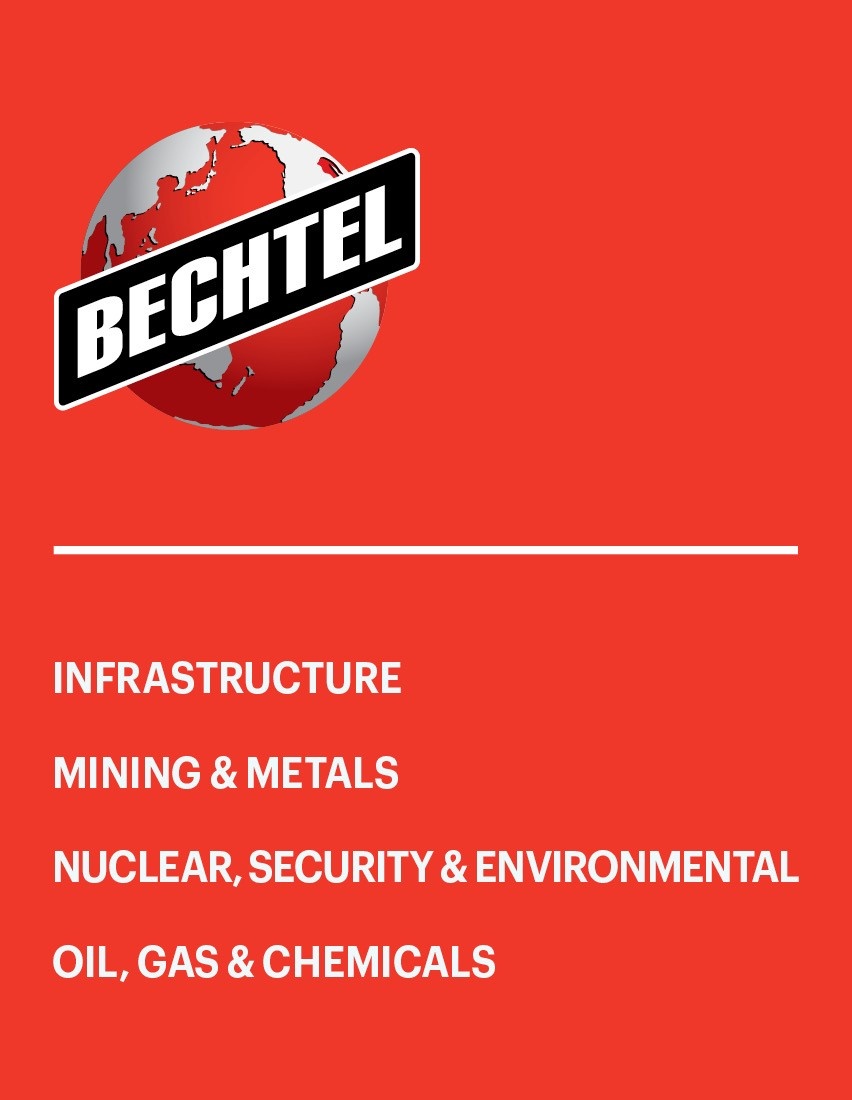Bechtel | Powering More Than Clean Energy
by Tam Nguyen
The new 778-megawatt Stonewall Energy Center in Loudon County, Virginia provides the electricity the community needs while protecting its water, wildlife, and other natural resources. More than 778,000 homes in Virginia and Washington DC will be powered by the clean energy this plant produces.
Generating Cleaner Power
Stonewall was designed to be one of the country’s most efficient combined cycle power plants. The plant burns natural gas, which emits about half the carbon dioxide of coal when burned and uses the most efficient generating technology available. The byproduct heat from the turbine’s exhaust is harnessed to drive a separate steam turbine, procuring 50 percent more power without using additional fuel.
Constructing Sustainably
Built in a valley at the edge of the Blue Ridge Piedmont region, a flattened plateau needed to be created before construction could begin. Instead of buying construction aggregate like sand, crushed stone, or gravel, Bechtel brought in a rock crusher to create the needed gravel from existing rock, which not only saved the project more than $2 million, but also reduced waste by more than 200,000 cubic yards (153,000 cubic meters).
Bechtel systematically collected data on fuel and electricity use, creating a metric of energy use per job-hour, which will be comparable across different projects and over time. This effort will show—for this project and future ones —how much energy is being used, equipping Bechtel with more precise data to generate sustainable, cost-efficient alternatives. The Stonewall project also procured more than $16 million of goods and services with local businesses, employed 800 local workers during construction, and created 30 permanent positions.
“I grew up in Maryland boating, fishing, waterskiing. I love everything about the Chesapeake Bay. Heading to college, I said, ‘I’m going to be a water treatment engineer and I’m going to save the Chesapeake Bay.’ I became an engineer with Bechtel to apply that on a bigger scale and not just focus on one watershed.” -- Jill Crone
Minimizing The Water Footprint While Producing Clean Energy
Because power plants create significant heat as well as power, they can be extremely water-intensive. Most of the 5 million gallons of water Stonewall uses per day is returned to the atmosphere through evaporation after it cools the plant’s turbines. Stonewall begins by supplying its water needs using the output from the local wastewater treatment facility. Sanitized water undergoes further treatment to be used in the plant and 100 percent of the facility’s own wastewater is reused on the site. In addition, by using the treated wastewater that would be discharged into the Potomac River, the plant diverts the flow of potentially harmful nutrient pollution away from the sensitive Chesapeake Bay watershed.
“We are on a mission to minimize our carbon footprint everywhere we can—and we are. By working toward this sustainability goal, we also expect to reduce costs.” -- Michelle Golden, Environmental Services Manager, Infrastructure
Learn more about Bechtel's 2030 Sustainability Goals and how we are contributing 100 ideas to help achieve the United Nations Global Sustainable Development Goals.



